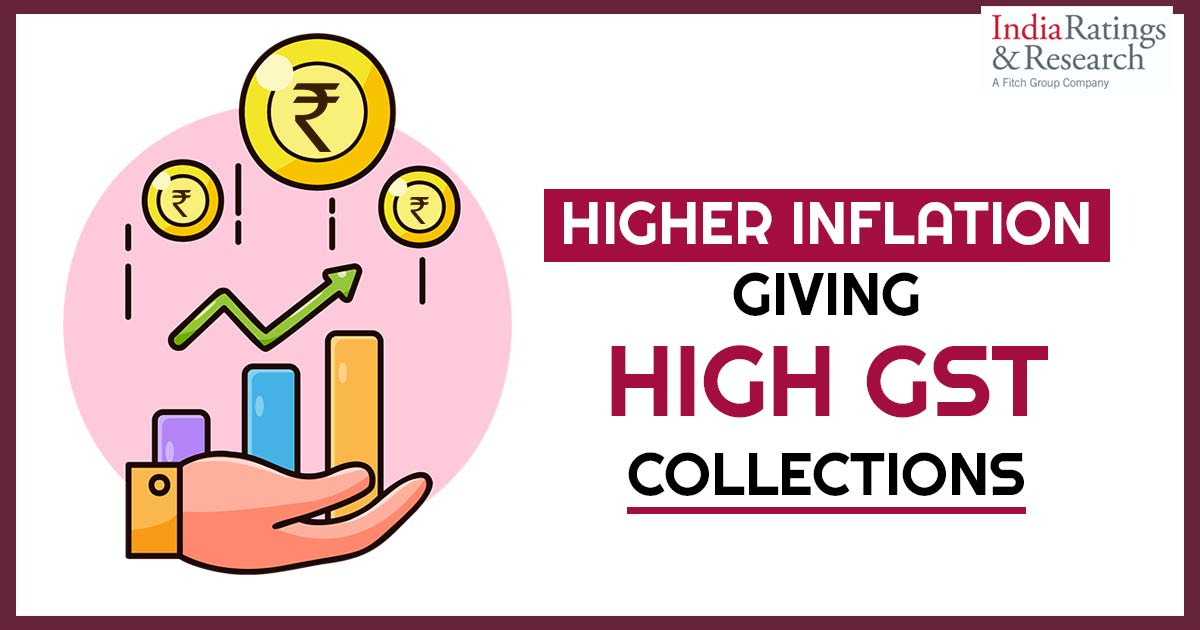
The rise in the tax collection of goods and services is higher because of the higher inflation compared to the higher consumption mentioned by the India Ratings and Research.
A private final consumption expenditure, with respect to the first quarter of 2019-20 there is a rise in the consumption which would have increased by 9.9% in the first quarter. However, in basic terms, it has surged by 36% in the identical duration. “The real and nominal Gross Domestic Product (GDP) during the same period grew 3.8% and 31.4%, respectively. This clearly suggests the surge in GST collections is more due to the higher inflation than higher consumption,” mentioned by India ratings.
The same mentioned that with the ease in the related restrictions of covid-19, the consumption demand would have seems to get normalize, however, the ‘K-shaped’ recovery does not permit the consumption demand to become comprehensive. “Thus, while there is visibility in the growth of high-ticket consumption goods, items of mass consumption are still suffering. Such a recovery is also not helping wage growth, especially of the population that is part of the lower half of the income pyramid,”
It mentioned that the rectified compliance more than the nominal gross domestic product because of the inflation and much more imports because of the increased commodity costs would have contributed to the overall rise in the GST collections in the former 2 years.
GST collection furnished advantages from the rectified compliance, through the new procedures to validate the tax avoidance which would come into force from 1st January 2022.
Rs 1.44 trillion was the GST collection in the month of August.
Since India become the net commodity importer with a high reliance on oil, the rise in the prices of the commodity directed to the higher import bill. “As global commodity prices started hardening October 2020 onwards, the same began to show up in India’s import bill in the fourth quarter of 2020-21 onwards.”
“Concomitantly, Integrated GST (IGST) collection started reflecting it. Barring the first quarter of 2022-23, IGST collection growth has been higher than GST collection growth since the third quarter of 2020-21,” the IGST share in GST has surged in the recent quarters.